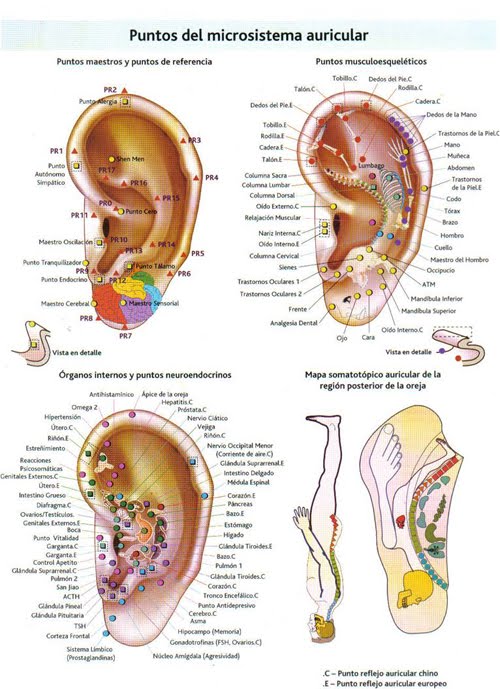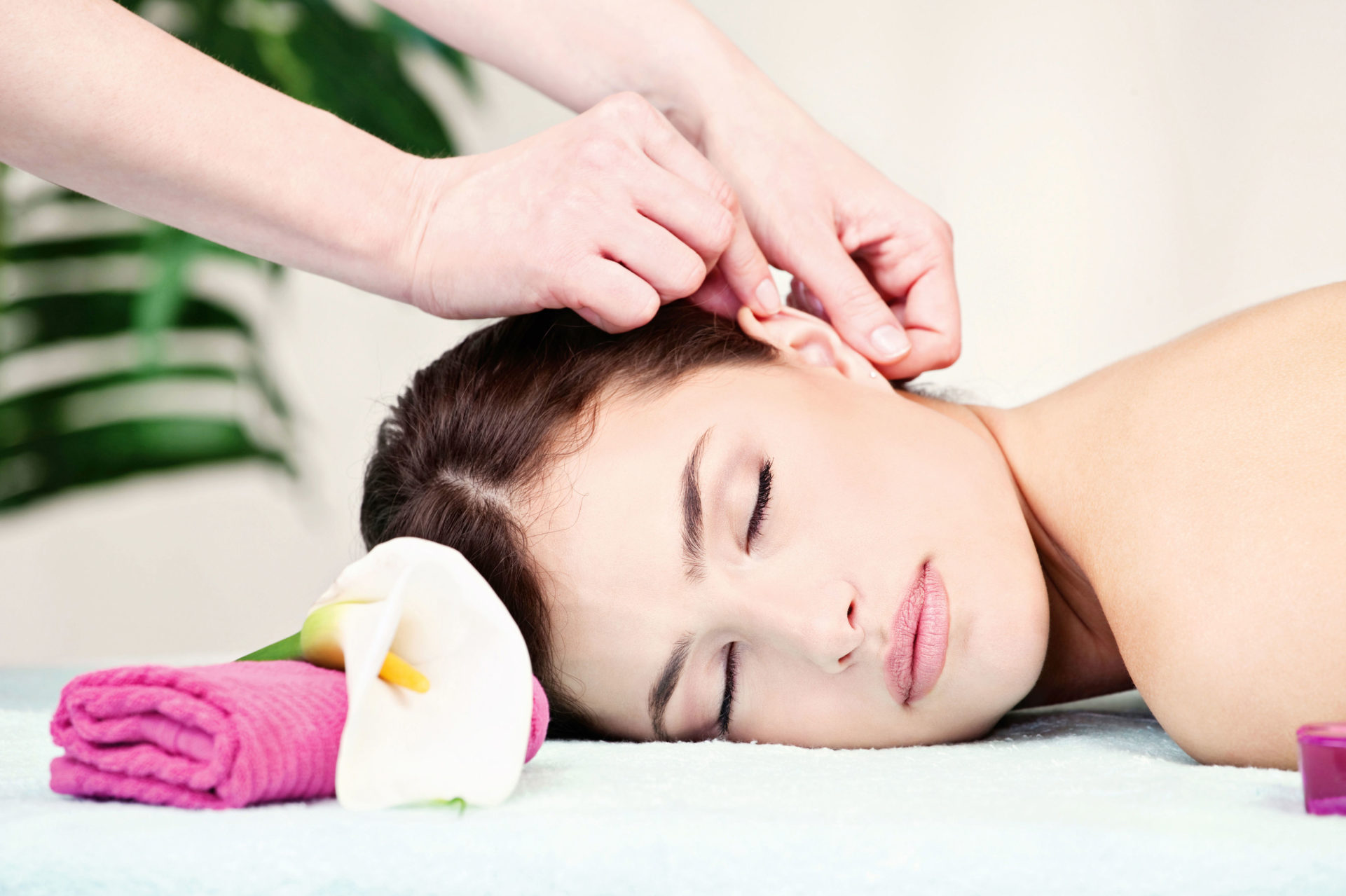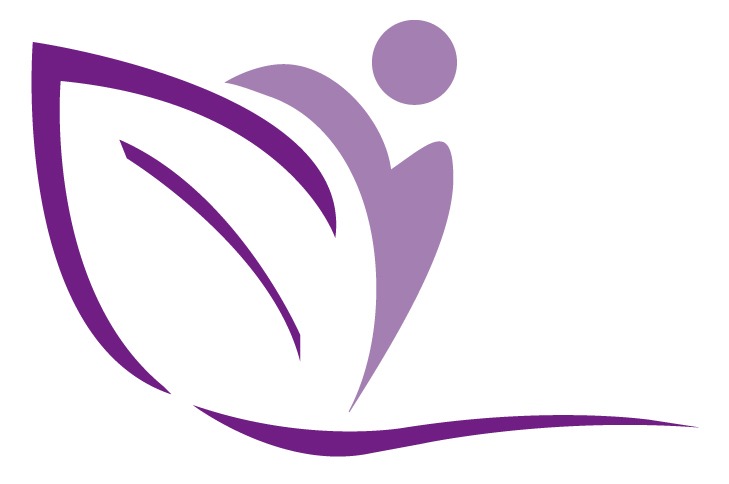Chinese traditional medicine
Auriculomedicine
Auriculotherapy is a mere atrial reflexotherapeutic, based on the stimulation of certain points in direct relation with its somatic projections.
This technique has been practiced since the oldest remoteness.
In an ancient Chinese medicine treaty known as Tchen Tchiu Ta Tchreng and dating from the year 3500 BC it can be read “if the ear is pale and thin, the homolateral kidney is sick.”
In another treatise, the Wang Tchen Tchun King is said to “when the joint helix has an appearance like cardboard firewood, it is indicative of a poor assimilation of food and liquids … an inflated and irregular aspect of the escafoidea catheter means that the patient suffers a intestinal abscess
Other peoples such as Egyptians, Arabs, Hindus or Gypsies have used atrial hall points to treat certain ailments.
Even Hippocrates in the fourth century BC after his passage through Egypt, it seems that he used some kind of “bleeding” in the atrial pavilion to treat impotence and sterility.
This method is still currently practiced in China.
Even Dr. Nogier used cauterization in the atrial pavilion in 1951 to treat cytoplasia.
It is from that moment that he observes the “miracle” cauterization of the atrial flag in the treatment of the cytology and thinks it could correspond to the 5th lumbar vertebra.
From that moment on, he began to develop an auricular topography based on the projection of the rachis in the area of the antehelix.
The idea arose then that the auricular pavilion vaguely remembers the position of a fetus in an inverted position, similar to that found in the intrauterine stage.
Thanks to the Doctors Nogier and Gérard Bachmann in 1956, Nogier’s auricular topography began to be known throughout the world.
In 1966 Dr. Nogier discovered auriculomedicine, based on the perception of a vascular arterial signal and which is referred to as an auriculocardiac reflex, in fact is rather an Autonomous Circulatory Reaction (RAC). This “pulse” opened a new dimension to the atrial diagnosis.
Thanks to RAC Auriculotherapy gave rise to Auriculomedicine.





